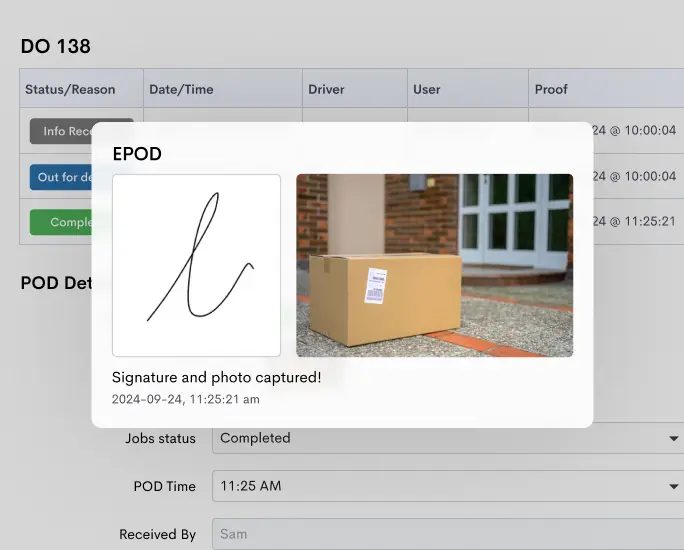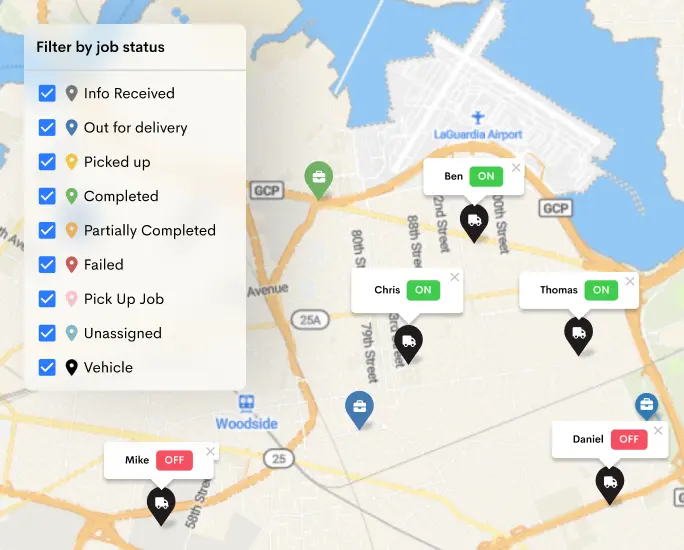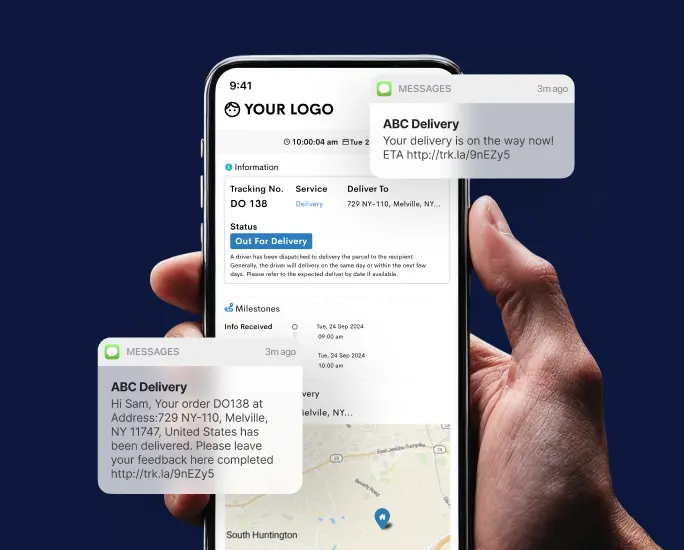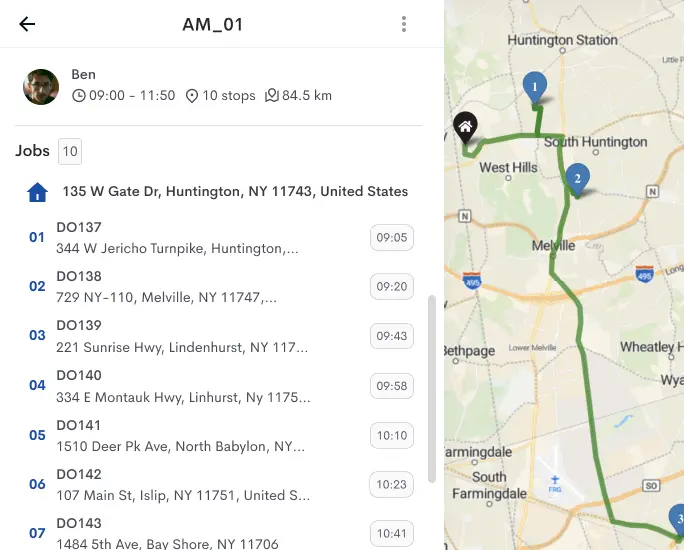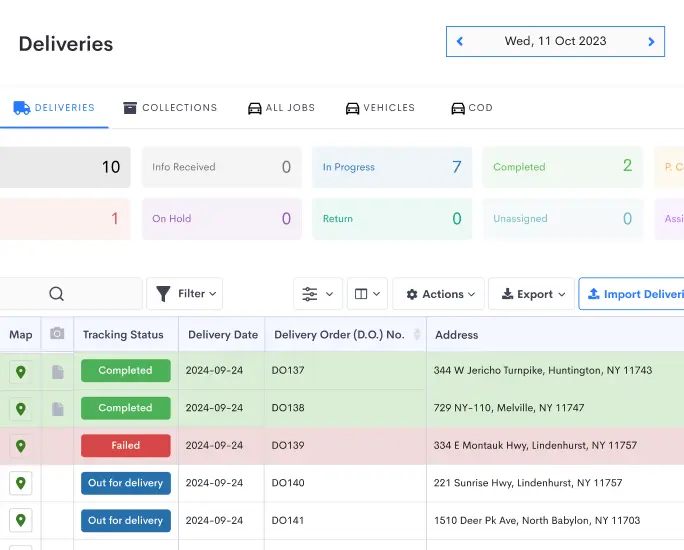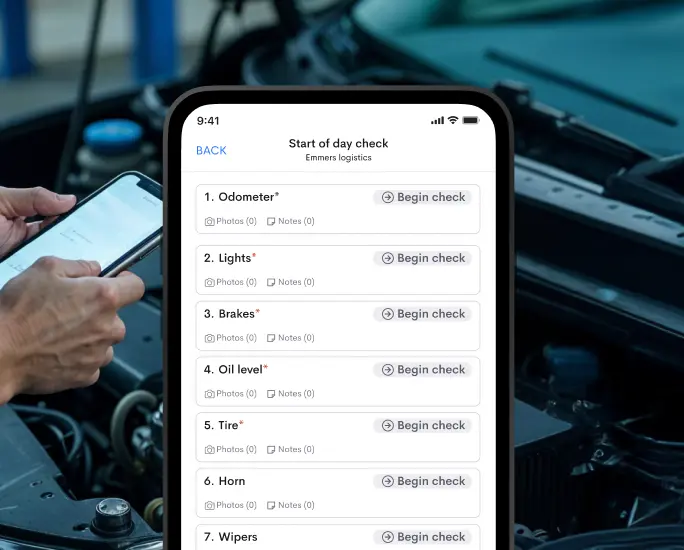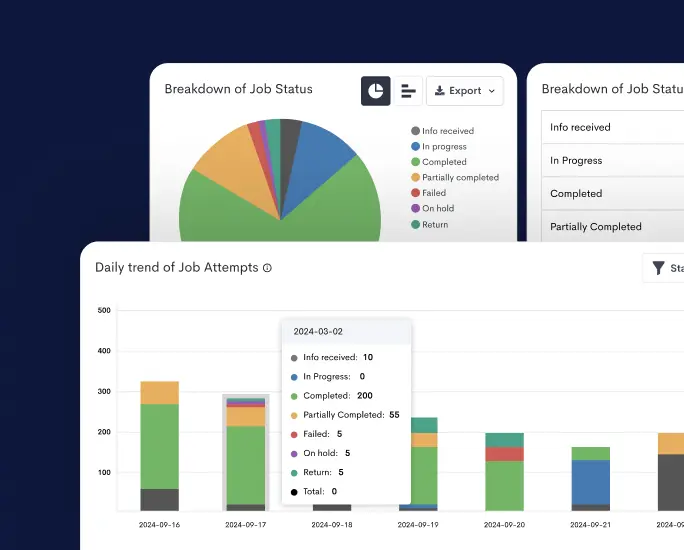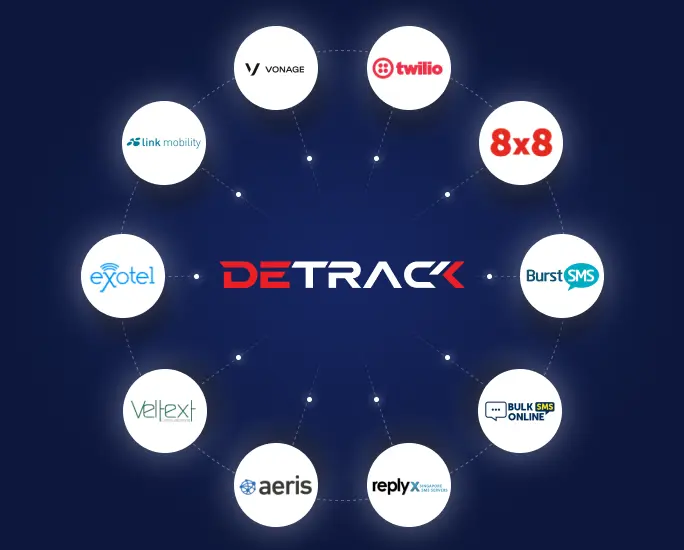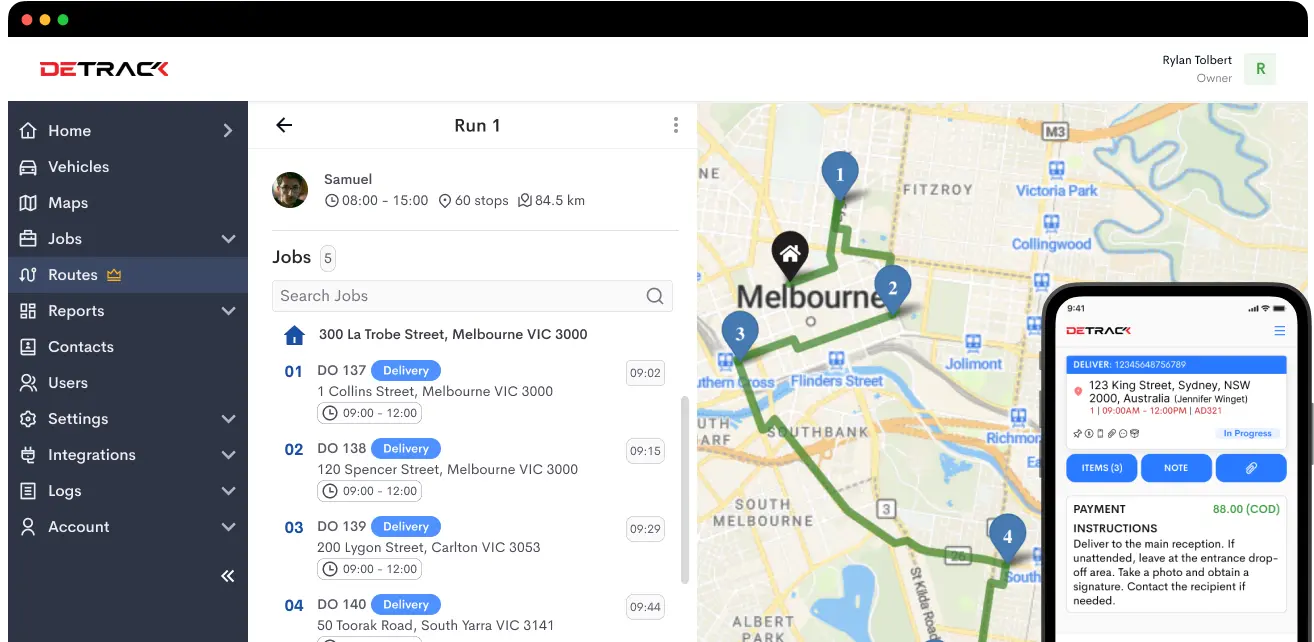Shipping is the backbone of any business dealing with physical products. For small and medium-sized businesses (SMBs), choosing the right shipping method is crucial for customer satisfaction, cost efficiency, and overall profitability.
The shipping landscape will continue evolving in 2025 with faster, greener, and more technologically advanced solutions. This guide breaks down the various shipping options available to SMBs, helping you make informed decisions for your business.
1. Standard Shipping
Standard shipping is the most commonly used delivery method, balancing cost and delivery speed. Depending on the carrier and destination, orders typically arrive in 3 to 7 business days. This option is ideal for businesses that prioritize affordability over speed.
Pros:
- Cost-effective
- Reliable for non-urgent deliveries
- Widely available from major carriers
Cons:
- Slower than expedited options
- Limited tracking capabilities in some cases

2. Expedited Shipping
Expedited shipping is a great option for businesses needing faster deliveries. This includes services like 2-day shipping, next-day delivery, and same-day shipping. Customers often expect quick shipping, making this a valuable option for eCommerce businesses.
Pros:
- Faster delivery times
- Increased customer satisfaction
- Often includes better tracking and handling
Cons:
- More expensive than standard shipping
- May not be available for all regions
3. Freight Shipping
Freight shipping is the best choice for businesses dealing with large, heavy, or bulk shipments. Depending on the destination and urgency, freight can be transported via trucks (LTL and FTL), rail, air, or sea.
Types of Freight Shipping:
- LTL (Less-than-Truckload): Ideal for smaller freight loads that do not require a full truck.
- FTL (Full-Truckload): Best for large shipments requiring an entire truck.
- Air Freight: Fast but costly, suitable for urgent international shipments.
- Ocean Freight: Cost-effective for large international shipments but has longer transit times.
Pros:
- Suitable for bulk and large items
- Offers multiple transport options
Cons:
- Complex logistics compared to small parcel shipping
- Higher costs for air freight and FTL
4. Dropshipping
Dropshipping allows businesses to sell products without keeping inventory. Instead, a third-party supplier ships products directly to customers. This model is popular for eCommerce startups and SMBs looking to minimize overhead costs.
Pros:
- No need for inventory storage
- Lower upfront costs
- Flexibility in product offerings
Cons:
- Less control over shipping times
- Potential quality control issues
- Lower profit margins compared to in-house fulfillment
5. Local Delivery & Same-Day Couriers
For businesses serving local customers, offering local delivery through in-house drivers or third-party couriers is an excellent way to provide fast service. This option is particularly beneficial for food services, grocery stores, and retail businesses.
Pros:
- Extremely fast delivery times
- Builds customer loyalty
- Competitive advantage for local businesses
Cons:
- Higher operational costs for in-house delivery teams
- Limited to specific regions
6. International Shipping
For SMBs looking to expand globally, international shipping is essential. Businesses must consider factors like customs regulations, tariffs, and shipping carriers that operate worldwide.
Pros:
- Access to global markets
- Increases brand reach and sales potential
Cons:
- Higher shipping costs
- Customs clearance delays

7. Green & Sustainable Shipping
With the rising demand for eco-friendly business practices, many SMBs opt for green shipping solutions. This includes carbon-neutral shipping, electric delivery vehicles, and using biodegradable packaging.
Pros:
- Appeals to environmentally-conscious customers
- Reduces carbon footprint
- Can be a competitive differentiator
Cons:
- May have higher initial costs
- Limited availability in some regions
8. Subscription-Based Shipping Services
Subscription-based shipping services, such as flat-rate memberships or loyalty-based free shipping, can benefit businesses looking to retain customers. Amazon Prime’s model has inspired many SMBs to offer similar shipping perks.
Pros:
- Encourages repeat purchases
- Predictable shipping costs for businesses and customers
Cons:
- Requires long-term commitment from businesses
- Initial setup and costs may be high
Choosing the Right Shipping Option for Your SMB
When deciding on a shipping method, consider the following factors:
- Product Type & Size: Are your products large, fragile, or lightweight?
- Customer Expectations: Do your customers prioritize speed, cost, or sustainability?
- Budget: Can you afford expedited shipping, or would standard shipping suffice?
- Market Reach: Are you shipping locally, nationally, or internationally?
- Technology Integration: Do you need real-time tracking, route optimization, or automated shipping solutions?
Conclusion
Shipping plays a crucial role in SMBs’ success. By understanding the different options available in 2025, businesses can streamline their logistics, enhance customer satisfaction, and optimize costs. Whether you choose standard shipping, expedited services, or sustainable options, aligning your shipping strategy with your business goals and customer needs is key.
By leveraging the right shipping methods and integrating smart logistics solutions like Detrack, SMBs can stay ahead in the competitive market. Want to enhance your delivery operations? Try Detrack today and experience seamless shipping management.

